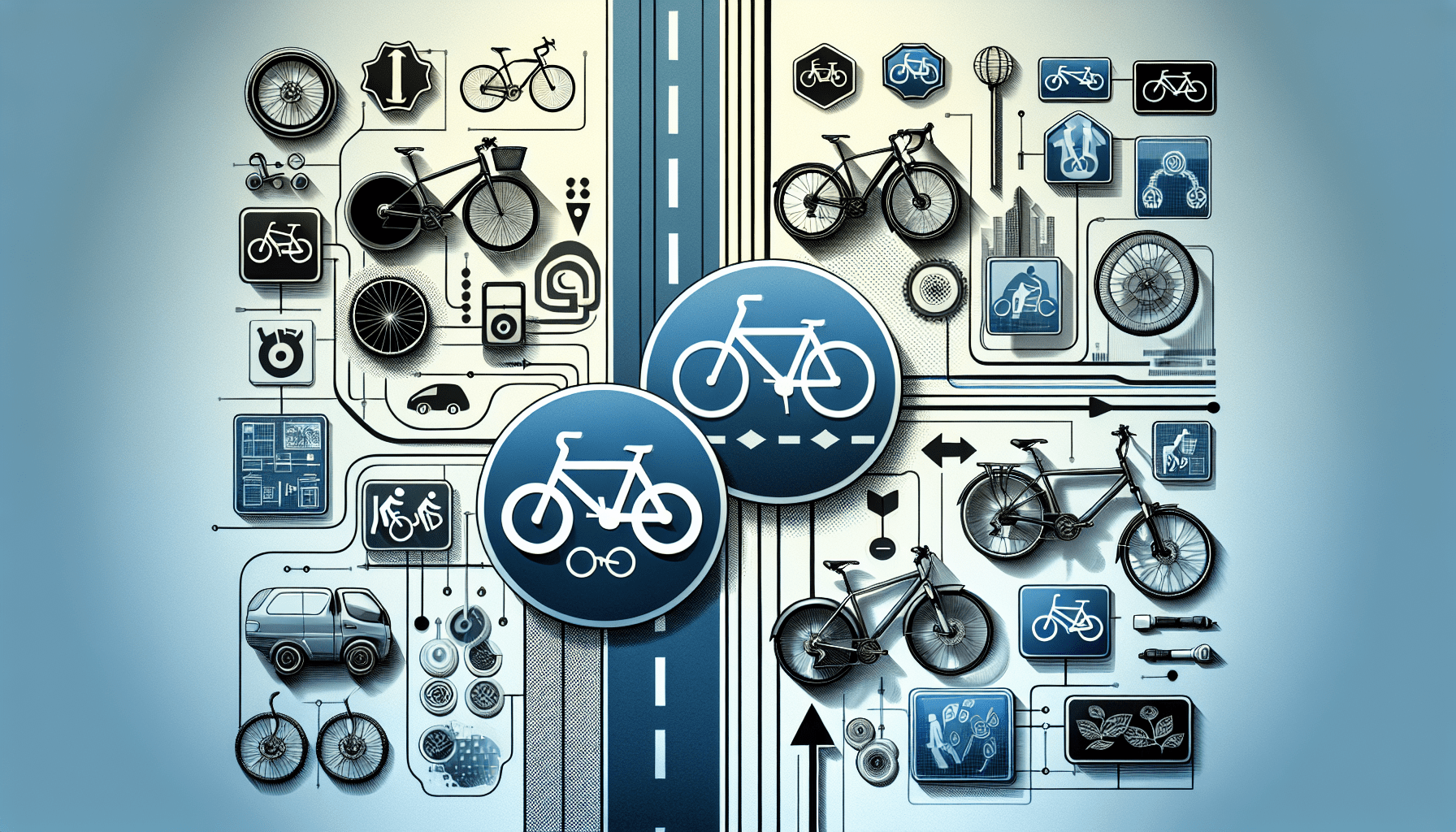E-bikes have gained immense popularity as a convenient and eco-friendly mode of transportation. However, with their increasing presence on the streets, a crucial question arises – are e-bikes allowed in bike lanes? As more people turn to e-bikes for their daily commute or leisure rides, understanding the rules and regulations surrounding their usage in bike lanes becomes essential. In this article, we will explore the current landscape and provide you with insights into whether e-bikes are permitted in bike lanes, empowering you to make informed choices while riding your e-bike.
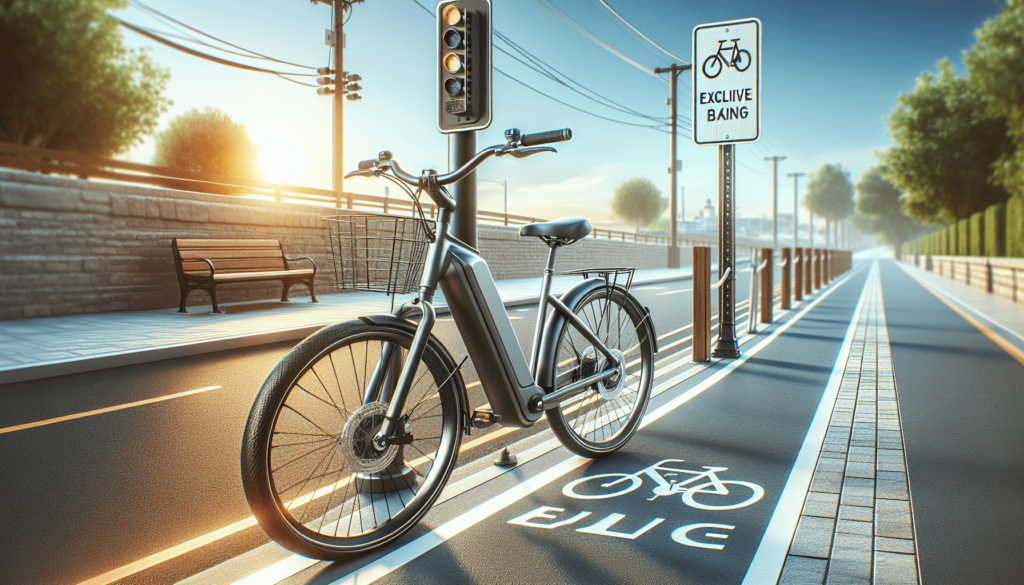
Overview of E-bikes
Definition of e-bikes
E-bikes, short for electric bicycles, are bicycles that are equipped with an electric motor to assist with propulsion. These motors typically provide assistance when the cyclist is pedaling, amplifying their strength and making it easier to navigate challenging terrain or ride long distances. E-bikes come in various designs and styles, but they all share the common feature of providing an extra boost of power to the rider.
Different types of e-bikes
There are two main types of e-bikes: pedal-assist e-bikes and throttle-operated e-bikes. Pedal-assist e-bikes, also known as pedelecs, only provide assistance when the rider is pedaling. The motor’s power is directly proportional to the effort exerted by the cyclist. On the other hand, throttle-operated e-bikes have a throttle that allows the rider to control the level of assistance without pedaling. These e-bikes can reach higher speeds with minimal effort from the rider.
Benefits of e-bikes
E-bikes offer numerous benefits that make them an attractive choice for both recreational and practical purposes. Firstly, they provide an easy and eco-friendly alternative to traditional modes of transportation. By using electric power to supplement pedaling, e-bikes reduce the physical exertion required, making them accessible to a wider range of individuals, including those with limited mobility or fitness levels. Additionally, e-bikes offer a greener transportation option by reducing carbon emissions and promoting sustainable transportation practices.
Furthermore, e-bikes can serve as a means of maintaining a healthy and active lifestyle. While the electric motor aids in pedaling, riders still need to exercise and exert some effort, resulting in improved cardiovascular health and overall fitness. E-bikes also allow cyclists to cover longer distances or tackle hilly terrains with ease, expanding the possibilities for exploration and adventure. Lastly, e-bikes can be a cost-effective mode of transportation, as they require minimal maintenance and eliminate the need for expensive fuel.
Bike Lane Regulations
Understanding bike lane purpose
Bike lanes are designated spaces on roads that are specifically intended for the use of cyclists. They provide a dedicated area for cyclists to ride safely, away from the flow of vehicular traffic. Bike lanes serve several purposes, including improving cyclist safety, promoting active transportation, and reducing congestion on roadways. By creating separate spaces for cyclists, bike lanes help to minimize the risk of accidents and enhance the overall cycling experience.
Legal framework for bike lanes
The regulations surrounding bike lanes can vary depending on the jurisdiction in which they are located. In many countries, the use of bike lanes is governed by specific traffic laws and regulations. These laws outline the rights and responsibilities of both cyclists and motorists when using bike lanes. It is crucial for cyclists to familiarize themselves with the legal framework in their area to ensure they are abiding by the rules and maximizing safety while using bike lanes.
General rules for bike lane usage
When using bike lanes, it is essential to follow some general rules to ensure the safety of yourself and others. Cyclists should always ride in the same direction as the flow of traffic, obey traffic signals, and yield to pedestrians when necessary. It is also crucial to maintain a safe distance from other cyclists and vehicles and signal intentions clearly to communicate with other road users. Additionally, cyclists should be mindful of their speed and adjust it according to the conditions of the bike lane and the presence of other users.
Classification of E-bikes
Pedal-assist e-bikes
Pedal-assist e-bikes, or pedelecs, are the most common type of e-bike. These e-bikes have sensors that detect the rider’s pedaling motion and provide assistance based on the power output. The motor’s assistance is proportionate to the effort exerted by the cyclist, making it feel like a natural extension of their own pedaling power. This type of e-bike promotes a more active riding experience, as the rider must still contribute to the pedaling motion to receive assistance from the motor.
Throttle-operated e-bikes
Throttle-operated e-bikes, as the name suggests, are e-bikes that are controlled by a throttle. These e-bikes have a handlebar-mounted control that allows the rider to engage the motor without the need for pedaling. The throttle provides a quick and direct way of activating the electric motor, enabling the rider to reach higher speeds and conserve energy. Throttle-operated e-bikes offer a more effortless and relaxed riding experience, as the rider can rely solely on the motor’s power.
Speed limits for e-bikes
Different jurisdictions have varying speed limits for e-bikes. In most countries, e-bikes are limited to a maximum speed of around 20-25 mph (32-40 km/h). However, there may be variations depending on the classification of the e-bike and the specific regulations in place. It is crucial for e-bike riders to be aware of and adhere to these speed limits to ensure their own safety and comply with local laws.
Bike Lane Policies across Different Jurisdictions
National-level regulations
At the national level, countries often establish overarching regulations and guidelines regarding bike lanes and the use of e-bikes. These regulations may outline the general framework for bike lane policies, establish safety standards for e-bikes, and clarify the rights and responsibilities of cyclists and motorists. National-level regulations can vary considerably, reflecting the unique priorities and transportation systems of each country.
State/provincial-level regulations
In countries with a federal or decentralized system of governance, states or provinces often have the authority to set their own regulations and policies regarding bike lanes and e-bikes. This allows for more flexibility in addressing the specific needs and challenges faced at the regional level. State/provincial-level regulations may differ from national-level regulations, taking into account local demographics, infrastructure, and traffic patterns.
Municipal/city-level regulations
Cities and municipalities play a crucial role in implementing and enforcing bike lane policies. These local jurisdictions have the power to determine the specific locations and designs of bike lanes, as well as the rules for their use. City-level regulations take into consideration factors such as population density, road network characteristics, and the preferences and priorities of local communities. It is at this level that the nuances of bike lane policies are often shaped to cater to the unique needs of individual cities or towns.
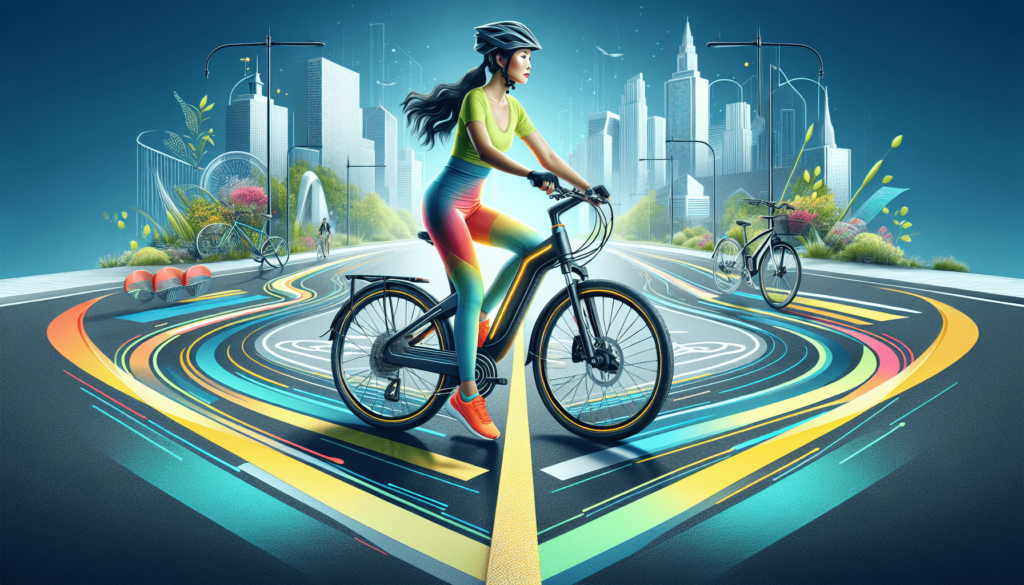
Countries that Allow E-bikes in Bike Lanes
Netherlands
The Netherlands is widely regarded as a leader in cycling infrastructure and policies, and e-bikes are allowed in bike lanes throughout the country. The Dutch government has embraced the use of e-bikes as a sustainable and efficient mode of transportation and has implemented comprehensive cycling infrastructure to accommodate them. The country’s extensive network of well-maintained bike lanes makes the cycling experience safe and enjoyable for both traditional and electric bike riders.
Germany
Germany is another European country that allows e-bikes to be ridden in bike lanes. As a nation with a strong cycling culture, Germany recognizes the benefits of e-bikes in promoting active transportation and reducing carbon emissions. The country’s bike lane network is expansive and well-developed, catering to the needs of all cyclists, including e-bike riders. However, it is important to note that certain speed limitations may apply to e-bikes when using bike lanes in Germany.
Denmark
Denmark, known for its cycling-friendly cities and infrastructure, also permits the use of e-bikes in bike lanes. The country’s commitment to sustainable transportation extends to e-bikes, which are seen as an integral part of the cycling ecosystem. Danish bike lanes are designed to accommodate a variety of cyclists, including those riding e-bikes, ensuring a smooth and safe flow of traffic. E-bike riders in Denmark can enjoy the benefits of dedicated bike lanes that connect urban and suburban areas.
Countries that Restrict E-bikes from Bike Lanes
United States
In the United States, e-bike regulations vary significantly from state to state and even within municipalities. While some states permit e-bikes in bike lanes, others restrict their access or impose specific conditions. The lack of a consistent national policy regarding e-bikes in bike lanes can create confusion for riders and hinder their ability to use e-bikes as a convenient mode of transportation. Therefore, it is important for e-bike riders in the United States to familiarize themselves with the regulations in their specific area.
United Kingdom
In the United Kingdom, the rules regarding e-bikes in bike lanes are not explicitly defined. In general, e-bikes are treated similarly to traditional bicycles and are allowed in most bike lanes. However, there may be certain restrictions or local variations depending on the specific area. The UK government encourages the use of e-bikes as a means of sustainable transportation, and efforts are being made to improve cycling infrastructure to accommodate all cyclists.
Australia
In Australia, the regulations regarding e-bikes in bike lanes differ between states and territories. Some jurisdictions allow e-bikes in bike lanes, while others impose restrictions or prohibit their use altogether. The lack of uniformity in e-bike policies across the country can create confusion for riders and may limit their ability to fully utilize bike lanes. Cyclists in Australia should familiarize themselves with the regulations in their respective state or territory to ensure compliance and safety.
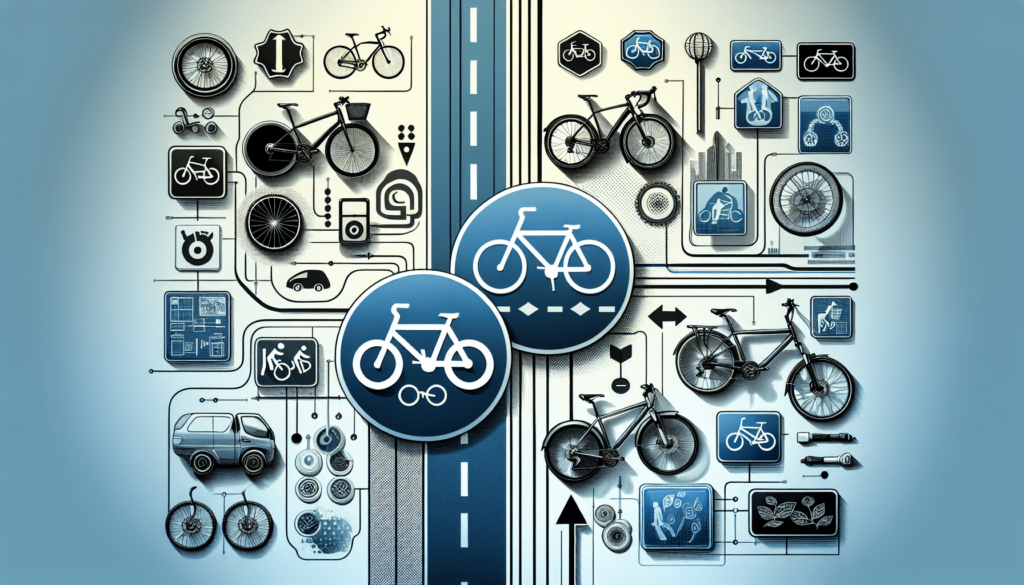
Safety Considerations
Potential conflicts with traditional cyclists
The increased presence of e-bikes in bike lanes can potentially lead to conflicts with traditional cyclists who may perceive the faster speeds of e-bikes as a safety concern. It is important for all cyclists, regardless of the type of bike they are riding, to be mindful of and respectful towards one another. Communication, such as signaling intentions and passing with care, can help minimize conflicts and ensure a harmonious coexistence between e-bikes and traditional bicycles in bike lanes.
Speed differentials and overtaking
E-bikes can often travel at higher speeds than traditional bicycles, which can create speed differentials within bike lanes. It is crucial for e-bike riders to be aware of their surroundings and adjust their speed accordingly, especially when overtaking slower cyclists. Similarly, traditional cyclists should be mindful of their speed and allow faster e-bikes to pass safely. By practicing good situational awareness and respectful sharing of bike lanes, both e-bike and traditional cyclists can enjoy a safe and enjoyable riding experience.
Visibility and signaling
Safety in bike lanes relies on clear communication between cyclists. It is important for e-bike riders, like all cyclists, to ensure they are visible to other road users by wearing bright or reflective clothing and using appropriate lighting, especially during low-light conditions. Additionally, signaling intentions, such as turning or changing lanes, is essential for maintaining a predictable flow of traffic and avoiding potential accidents. E-bike riders should make full use of hand signals to alert others of their intended actions.
Arguments in Favor of E-bikes in Bike Lanes
Reduced congestion and emissions
The use of e-bikes in bike lanes can contribute to reduced congestion on roads and lower carbon emissions. By opting for e-bikes instead of traditional vehicles, individuals can help alleviate traffic congestion, especially in urban areas. The ability of e-bikes to cover longer distances with ease promotes sustainable transportation and reduces the reliance on fossil fuel-powered vehicles. Encouraging the use of e-bikes in bike lanes can lead to improved air quality and a more efficient transportation system.
Promotes active transportation
E-bikes provide an excellent opportunity to promote active transportation and increase physical activity levels. By making cycling more accessible to individuals with varying fitness levels or physical abilities, e-bikes encourage people to incorporate exercise into their daily routines. The use of bike lanes further enhances the safety and convenience of cycling, making it an attractive option for commuting, running errands, or simply enjoying leisurely rides. The combination of e-bikes and bike lanes can foster a healthier and more active society.
Elderly and disabled mobility
E-bikes can significantly improve mobility for the elderly and individuals with disabilities. The electric motor assistance enables those who may struggle to ride a traditional bike to enjoy the benefits of cycling. By allowing e-bikes in bike lanes, these individuals can navigate their communities with greater independence and confidence. E-bikes can serve as a valuable mode of transportation for seniors or people with limited physical mobility, promoting inclusivity and equal access to mobility options.
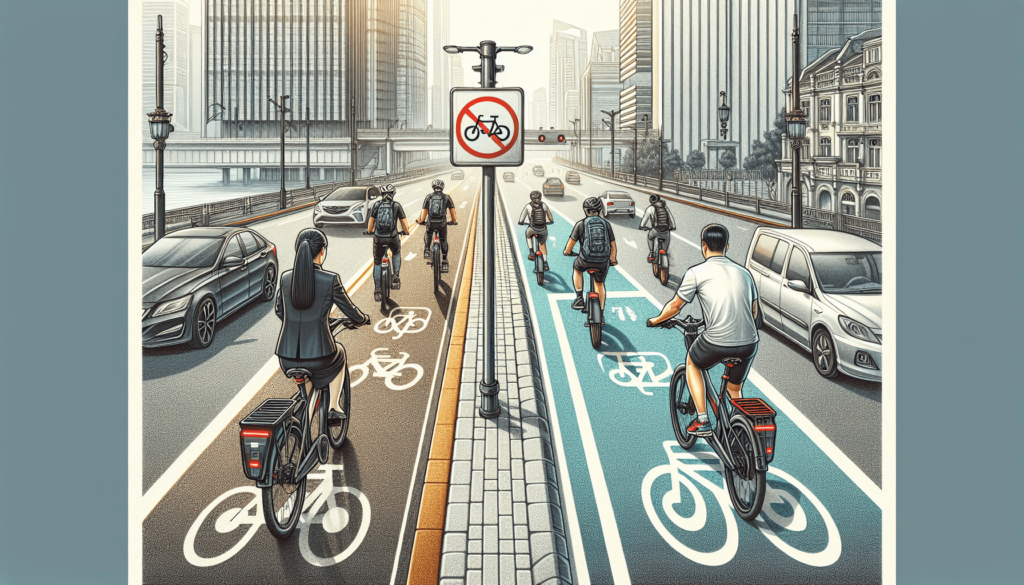
Arguments Against E-bikes in Bike Lanes
Safety concerns
One of the main arguments against allowing e-bikes in bike lanes is the concern for safety. Critics argue that the higher speeds and potential size and weight of e-bikes may pose safety risks to other cyclists or pedestrians using the bike lane. There may be concerns about e-bike riders navigating bike lanes at excessive speeds or not paying sufficient attention to their surroundings. Addressing these safety concerns requires a combination of regulatory measures, education, and awareness campaigns to ensure the safe integration of e-bikes in bike lanes.
Conflict with traditional cyclists
Some traditional cyclists may feel that the presence of e-bikes in bike lanes disrupts the dynamics and unwritten rules of traditional cycling. The speed differentials between e-bikes and traditional bicycles can lead to conflicts and frustration. Traditional cyclists might perceive e-bikes as “cheating” or not belonging in bike lanes. It is essential to foster a culture of respect and understanding among all types of cyclists to address these conflicts and create a more inclusive and harmonious cycling environment.
Infrastructure requirements
The use of e-bikes in bike lanes may necessitate adjustments to existing cycling infrastructure. The higher speeds and potential volume of e-bikes could require modifications to bike lanes to accommodate the needs of these riders. This might include widening existing lanes, providing dedicated charging stations, or reevaluating the placement of bike lanes to optimize safety and efficiency. These infrastructure requirements can present challenges for cities and municipalities, especially those with limited resources or competing priorities.
Conclusion
E-bikes offer a convenient and eco-friendly mode of transportation, providing a viable alternative to traditional vehicles. The classification and regulations concerning e-bikes in bike lanes vary across jurisdictions, highlighting the need for consistent and clear policies. While some countries like the Netherlands, Germany, and Denmark allow e-bikes in bike lanes, others like the United States, United Kingdom, and Australia impose restrictions or lack uniform regulations. Despite differing perspectives, promoting the safe and responsible use of e-bikes in bike lanes can help reduce congestion, increase physical activity, and improve mobility for a wider range of individuals. To navigate the complex landscape of e-bikes in bike lanes, it is crucial for cyclists to familiarize themselves with the specific regulations in their area and prioritize safety and respect towards other road users. With careful consideration and proper infrastructure planning, e-bikes and bike lanes can coexist harmoniously, contributing to a more sustainable and inclusive transportation system.

